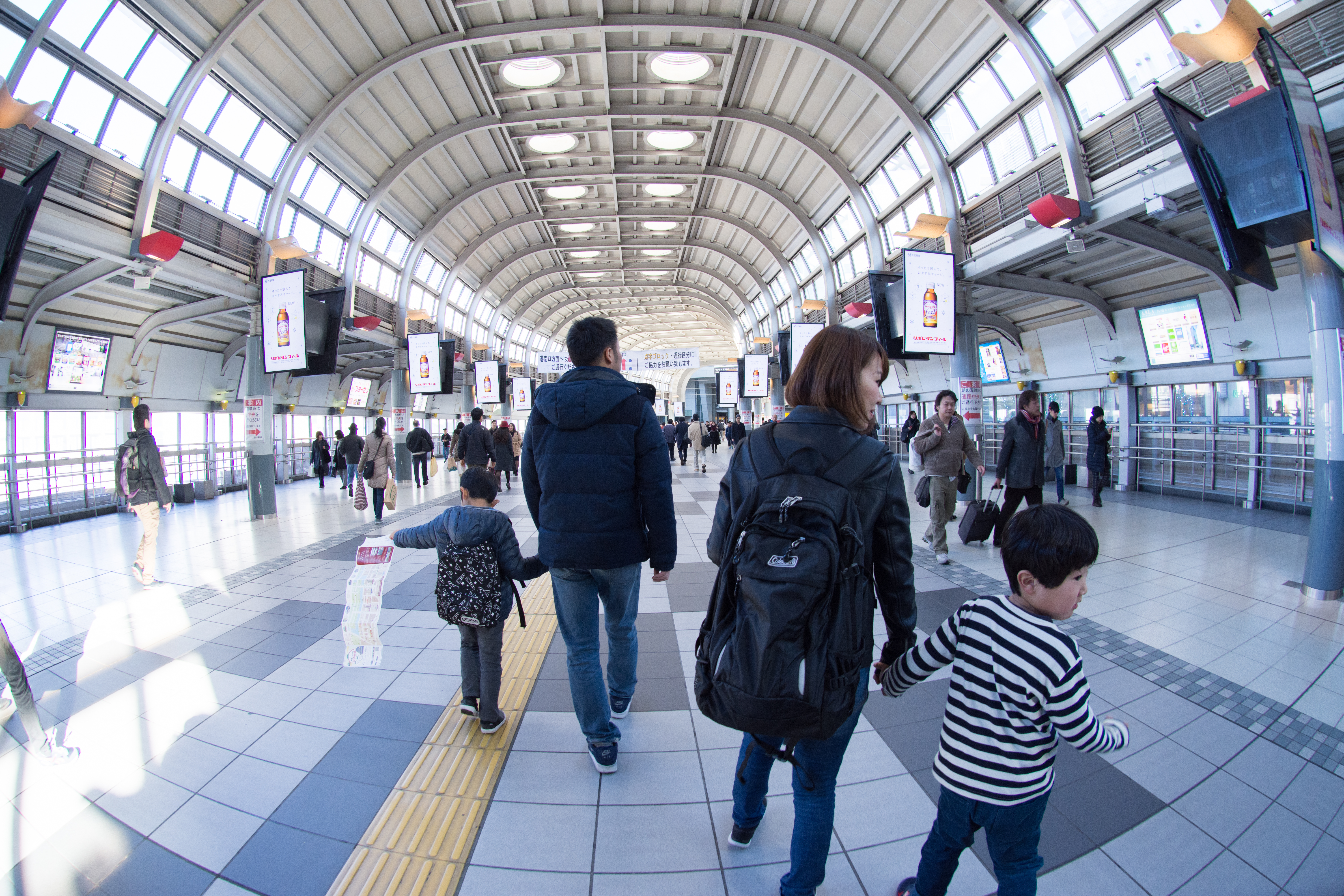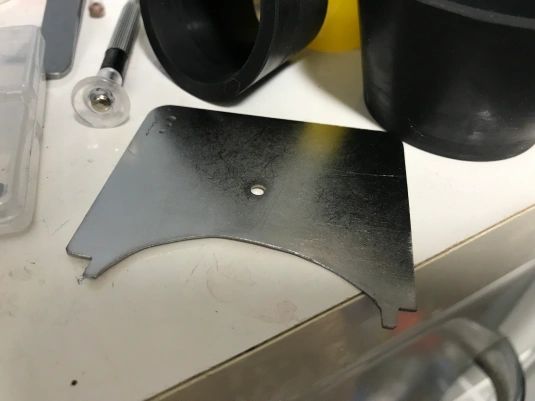30 Dec 2015
by richardhaw
in nikon,lens repair,lens maintenance,nikon repair,, Nikon,museum,classic lenses,, Uncategorized
Tags: camera repair, classic lens repair, helicoid grease, helicoid refresh, lens care, lens cleaning, lens grease, lens lubricant, lens lubrication, lens maintenance, lens overhaul, lens repair, lens restoration, Nikon, nikon grease, nikon lens repair, nikon lubricant, nikon lubrication
We had a lengthy commentary on screws and drivers on the previous post, the next important subject to consider is lubrication. If you’ve read any of Nikon’s repair manuals you’ll see that Nikon uses different types of grease and lubricants on different parts of their lenses and cameras. While this is the best practice in camera manufacturing, it isn’t practical for DIY repair for a lot of reasons, some of which are:
- It is expensive to keep an inventory of various lubricants.
- It is not cost-effective if you are just fixing your own stuff.
- You may accidentally mix lubricants.
With the above considerations outlined, we will now start discussing about the most important lubricants in camera and lens repair.
Preparation:
Before applying fresh grease to your helicoids you’ll definitely need to clean the helicoids first and remove the old, dirty grease. This is also true for any camera and lens parts that once had lubricants applied to them.
Just take a look, looks like the grease has not been replaced since 1965! This has to be cleaned and never leave any residue.
More
29 Dec 2015
by richardhaw
in nikon,lens repair,lens maintenance,nikon repair,, Nikon,museum,classic lenses,, Uncategorized
Tags: camera maintenance, camera repair, classic lens, classic lens care, lens maintenance, lens oberhaul, lens repair, lens restoration, Nikon, nikon bayonet screws, nikon lens repair, nikon lens screws, nikon repair, nikon screws
In the previous article we’ve outlined most of the essential tools for repair and maintenance of classic Nikons and Nikkors. Now, we’ll be discussing the best application for these tools so that you’ll less likely to destroy your gear by stripping or snapping a screw.
Just like everything else in life, you may mess up in your first few projects and that is OK. In my case, I messed up three projects because there is just not a lot of online materials for this and any useful information out there are scattered or can be irrelevant at times. The lack of proper tools when I first started was also a big contributor to my failed projects since I thought that it would be just as simple as fixing your average kitchen appliance. The good thing is I have managed to fix the failed projects now and I’ll show you how to prevent messing up your project from my experiences.
This guide isn’t going to be organized in any order, I’ll be updating this from time-to-time as I find new ways or remember anything that I have done in a previous project. A good deal has been discussed on the previous article so please refer to that as well and I will try not to repeat anything that can be found there.
More
23 Dec 2015
by richardhaw
in nikon,lens repair,lens maintenance,nikon repair,, Nikon,museum,classic lenses,, Uncategorized
Tags: camera repair tools, lens care, lens maintenance, lens repair, lens repair tools, lens restoration, manual lens repair, Nikon, nikon lens repair, nikon lens screws, nikon screws
Just like most bobbies, you’ll require certain tools to repair or maintain the equipment that you use. I love repairing broken photography equipment, it helps save the planet and I save a lot of money along the way.
I’ll outline to you all the essential tools that you need for repairing lenses so that you don’t waste your time and most importantly, money on gear. Many people will give you the wrong advice on the internet, many from ignorant or arrogant personalities. This has resulted in many people, including me to botch my repairs when I was starting up. I’m neither ignorant nor arrogant, I’m a generous person with experiences to share so you won’t end up being a camera butcher.
Most of the tools that you’ll need can be bought in regular hardware stores. However, some are specialized and can only be bought in specialty stores or online. These are good investments, buy the best that you can afford but do not go overboard and buy something that is insanely expensive but of very limited use.
More
20 Dec 2015
by richardhaw
in nikon,lens repair,lens maintenance,nikon repair,, Nikon,museum,classic lenses,, Uncategorized
Tags: camera history, camera museum, Nikon, nikon history, nikon museum, nikon shinagawa, old lenses
Hello, everybody. Thank you for taking the time and effort to read my first blog entry. I am a photographer living in Tokyo and I would like to share some of the things that I take for granted everyday here in the camera capital of the world to people who are otherwise too busy or lazy to travel here to indulge in their photographic pilgrimage.
One such “must visit pilgrimage site” for the Nikon enthusiast would be the Nikon Museum. The museum was built in anticipation for Nikon’s centenary in 2017. Showcasing what the company has achieved in the 100 years of it’s existence. From it’s humble beginnings when the Japanese government requested the help and assistance of German engineers and scientists to train and spearhead Japan’s own optics industry to what it is today – a prime mover in the industry whose name is synonymous to the recovery of Japan’s economy and export industry after the war and today as one of the world’s leading camera and optics manufacturer.
The museum has no mention of Nikon’s war time involvement except for the instance when Nikon lacked manpower due to wartime manufacturing and had to collaborate with the forerunner of Canon to manufacture and market consumer optics.
 The museum can be accessed easily from Shinagawa station in Tokyo. It is around 600 meters from the station itself. A detailed map can be found in the Nikon Museum’s website… More
The museum can be accessed easily from Shinagawa station in Tokyo. It is around 600 meters from the station itself. A detailed map can be found in the Nikon Museum’s website… More



 The museum can be accessed easily from Shinagawa station in Tokyo. It is around 600 meters from the station itself. A detailed map can be found in the Nikon Museum’s website…
The museum can be accessed easily from Shinagawa station in Tokyo. It is around 600 meters from the station itself. A detailed map can be found in the Nikon Museum’s website…